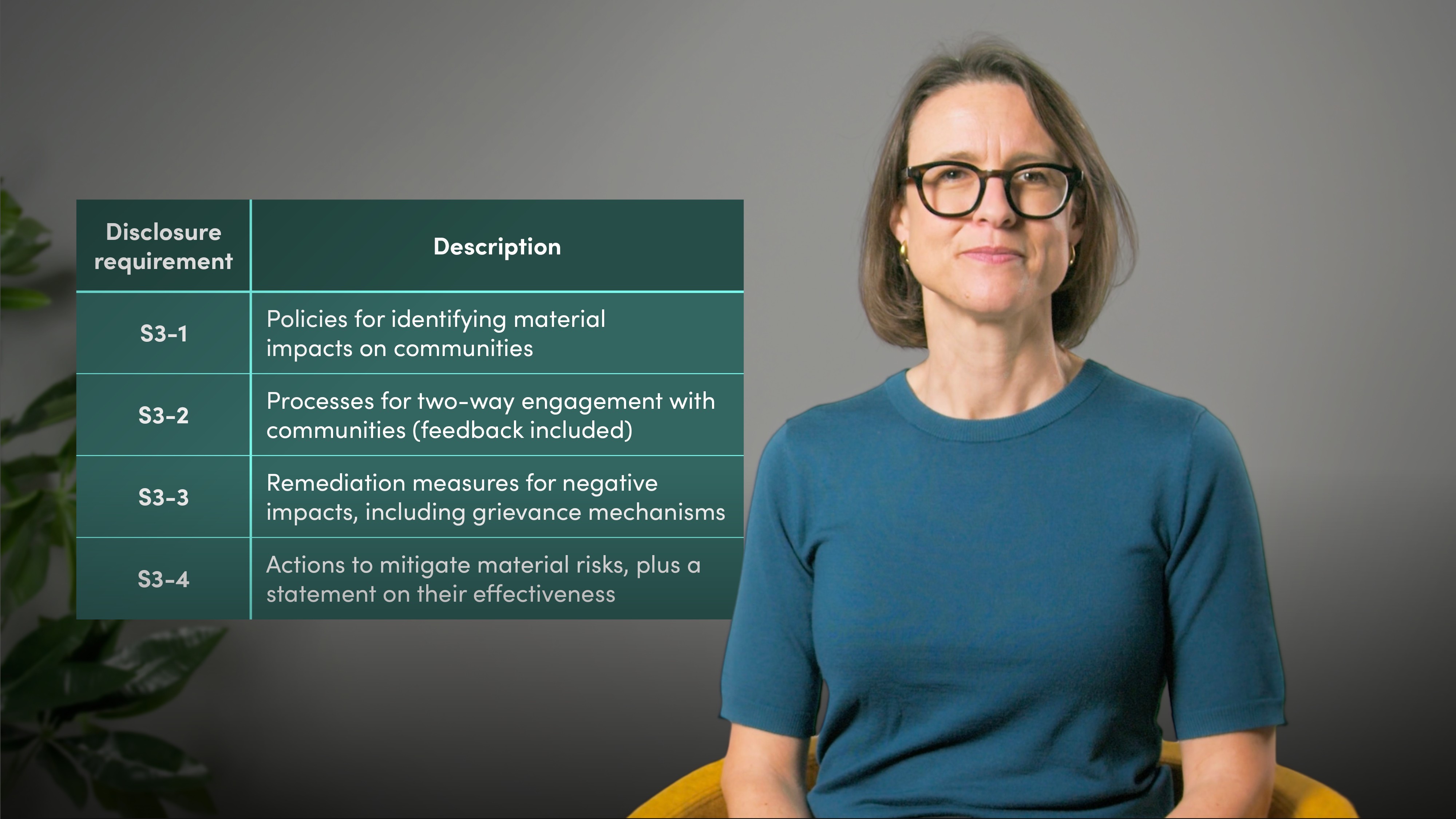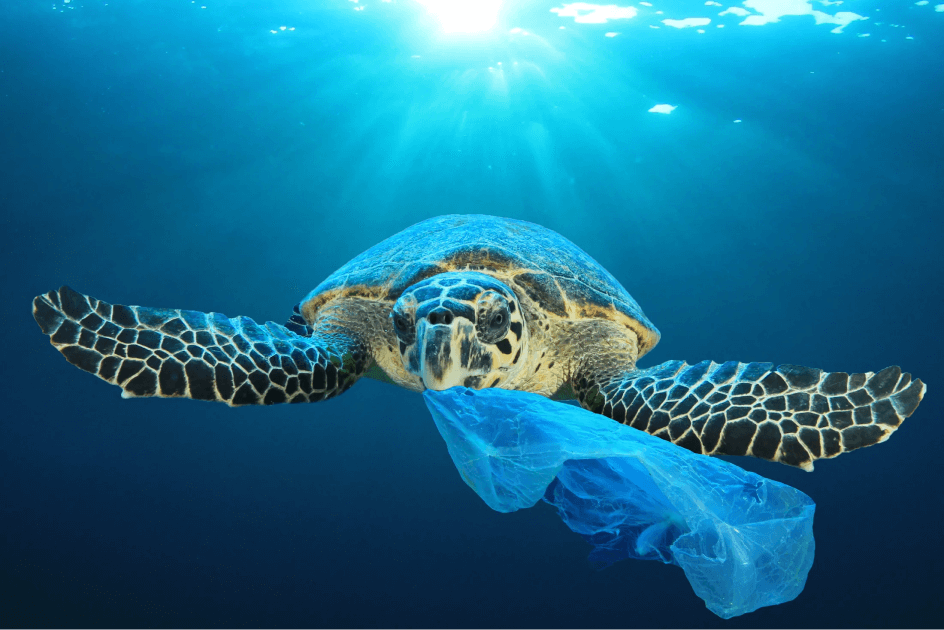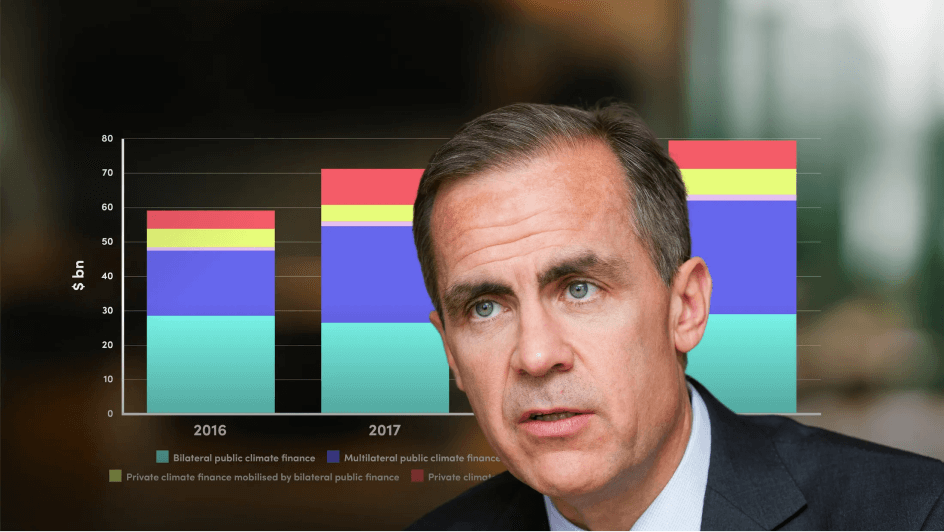
Practitioner's Guide to ESRS S3

Michelle Horsfield
25 years: Sustainable Finance
In this video, Michelle unpacks ESRS S3, she explains who counts as an affected community, how companies can identify and prioritise them using stakeholder mapping, and why ethical, two-way communication is vital especially with vulnerable groups like Indigenous peoples. She also walks through key disclosure requirements, from engagement processes and remediation to tracking actions and setting measurable targets.
In this video, Michelle unpacks ESRS S3, she explains who counts as an affected community, how companies can identify and prioritise them using stakeholder mapping, and why ethical, two-way communication is vital especially with vulnerable groups like Indigenous peoples. She also walks through key disclosure requirements, from engagement processes and remediation to tracking actions and setting measurable targets.
Subscribe to watch
Access this and all of the content on our platform by signing up for a 7-day free trial.

Practitioner's Guide to ESRS S3
13 mins 42 secs
Key learning objectives:
Understand the definition and scope of “affected communities” under ESRS S3
Understand how to identify affected communities using stakeholder mapping
Outline the S3 disclosure requirements across impacts, risks, and opportunity management
Understand the importance of ethical, inclusive, and two-way communication with communities
Overview:
Subscribe to watch
Access this and all of the content on our platform by signing up for a 7-day free trial.
Subscribe to watch
Access this and all of the content on our platform by signing up for a 7-day free trial.

Michelle Horsfield
There are no available Videos from "Michelle Horsfield"





























